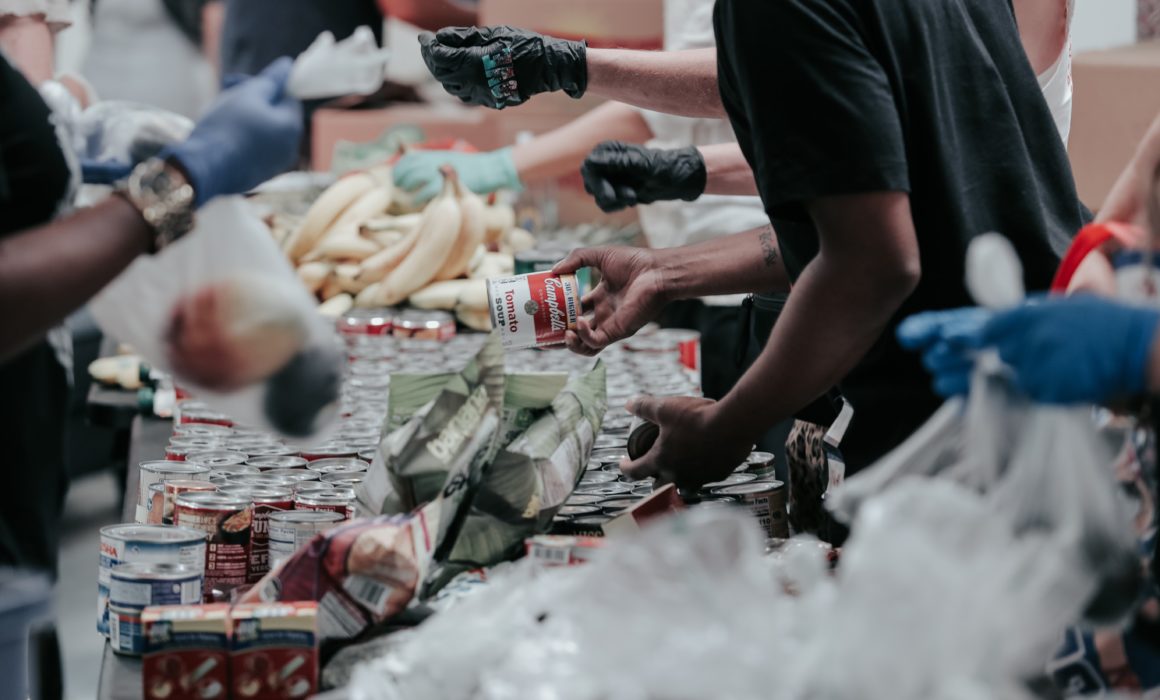
COVID-19 has caused a big spike in poverty, and now California has the country’s highest number of children experiencing hunger with 2.2 million kids living in food-insecure households where at least one family member does not have enough to eat. Over 860,000 more California kids are experiencing hunger now compared with before the pandemic, the highest increase in the number of children living in food-insecure households.
The nonprofit organization Save the Children has partnered with rural school districts to distribute meals. Volunteers are distributing meals at drive-up locations and are even driving school buses packed with meals out to more remote neighborhoods in Fresno, Los Angeles, San Bernardino and Tulare counties. Go to savethechildren.org to find out if your school district is participating.
The program has distributed 9 million meals nationwide since March, and has helped distribute about 700,000 nourishing meals for children in some of California’s most impoverished rural communities.
In related news, families that are part of the federal free or reduced-price lunch program will be receiving an extra two months of grocery money via the Pandemic EBT program. Benefit cards will be mailed out before the end of the year.
Every child living in San Francisco will be offered free food starting Thursday, Dec. 4, according to San Francisco Unified School District officials. Anyone under 18 can pick up meals at one of 18 school sites the district has designated as food distribution centers.
Families only need to provide the child’s name and birthday to receive a “grab-and-go” card they can use to pick up food. SFUSD will offer food twice a week, with Thursdays open to all children 18 and younger, and Tuesdays open just to district students. A list of food distribution locations and schedules can be found here.
Several other Bay Area districts, including Oakland and West Contra Costa, have announced they would be offering free meals to all children living within district boundaries, regardless of enrollment status.
These programs are the result of a U.S. Department of Agriculture rule change in August allowing federal reimbursement to districts that feed children who aren’t enrolled in their schools and who don’t qualify for free or reduced-price lunches.